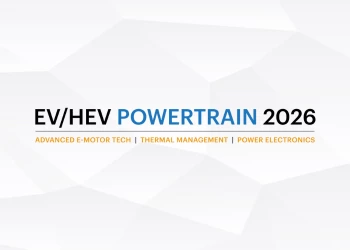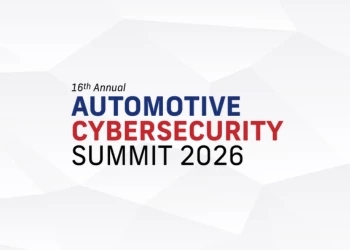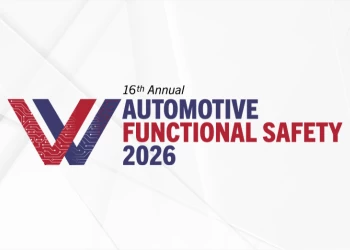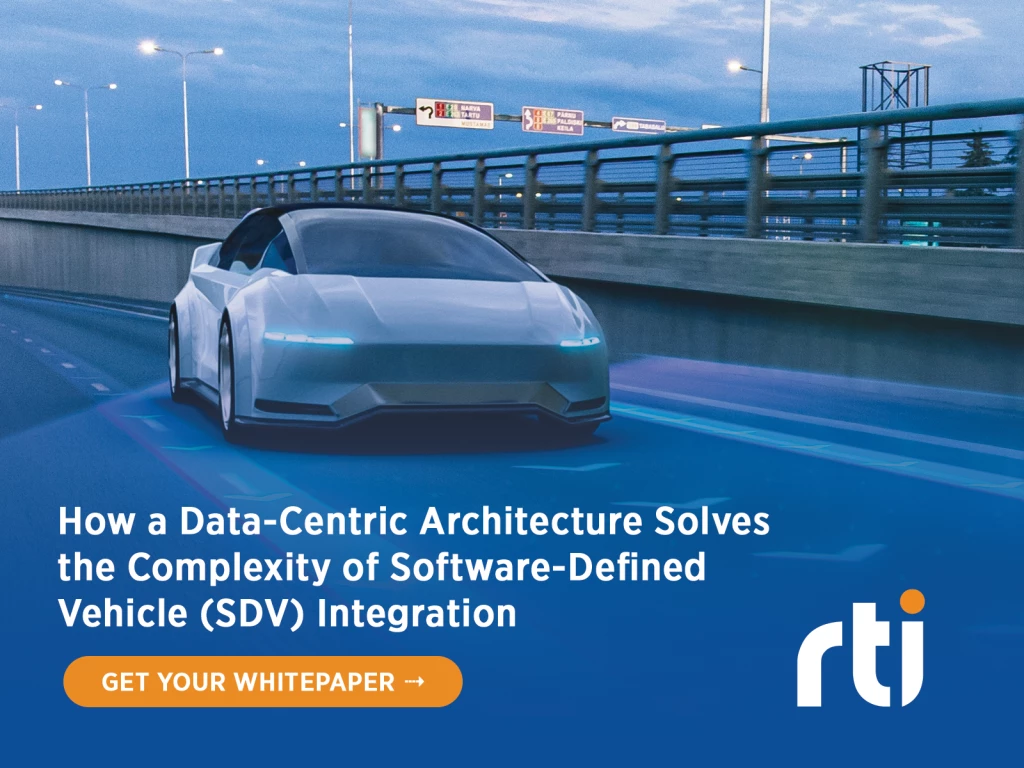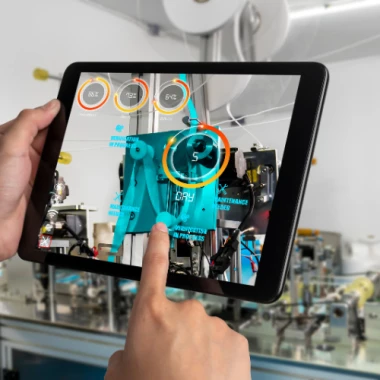
Automotive IQ's Autonomous Vehicles Online event is just around the corner. We've put together a great agenda of specially chosen speakers and sponsors who will deliver their interesting and insightful thoughts all for free to our members.
If you haven't had chance, sign up below to enjoy every session of the event from the comfort of your own home office.
Ahead of the event, we have been profiling some of our speakers, giving you the chance to understand why we've selected them to present as part of our event.
Meet the speaker
 Pierre Lefevre (left) is the chief technical officer of COAST Autonomous, a California-based company that is developing a host of autonomous urban mobility solutions.
Pierre Lefevre (left) is the chief technical officer of COAST Autonomous, a California-based company that is developing a host of autonomous urban mobility solutions.
He is a leader in the field of robotics, 3D mapping, and autonomous vehicles. His pioneering work over the past twenty plus years has led to significant advancements in all three fields.
Pierre currently leads a team developing highly-accurate indoor and outdoor 3D mapping, commercial-ready vehicle automation and remote supervision systems.
We caught up with him ahead of next week’s online event:
Automotive IQ You have a wealth of experience in the autonomous vehicle space. Could you give us an idea of the main challenges your team at COAST are attempting to overcome right now?
Pierre Lefevre COAST is focused on providing mobility services to city centers and campuses to give cities back to the people. Cities and campuses should be built for people as opposed to cars.
Cities and campuses that are more pedestrian friendly are more livable, vibrant and interesting. As a result, we continue to challenge our team to better anticipate pedestrian behavior and refine our outdoor and indoor localization systems.
AIQ You also have a history of working with robotics. Could you give us an insight into how robotics and autonomy could be brought together?
PL When the COAST technical team designed the first autonomous vehicles 15 years ago, we decided to use the safety standards for machines, rather than the safety standards for automobiles.
The safety standards for machines/robots do not rely on human interaction and are predicated on the use of redundant systems. The looser automotive safety standards, on the other hand, assume that human interaction by the driver will act as the last line of defense to stop the vehicle.
Operating a self-driving vehicle in urban mixed traffic and/or pedestrian environments requires the application of the more stringent machine/robotic safety standards.
AIQ COAST offers an autonomous shuttle that aims to give urban environments back to pedestrians. How can you be sure that the mapping of various environments, both indoor and outdoor, is accurate, in order to ensure pedestrians can trust how a COAST vehicle will behave?
PL COAST uses outdoor and indoor 3D mapping as part of its seven redundant layers of localization. The map matching layer uses artificial intelligence to use remarkable points of the environment. It does not need 100 per cent matching to be efficient.
In fact, in December 2019, COAST moved athletes and the public in New Clark City during the South East Asian Games held in Philippines. As construction of this brand-new city was still active immediately prior to the start of the Games, the routes changed up to 80 per cent. The map matching layer was still efficient enough to localize the vehicle accurately.
AIQ How do you see COAST’s role in the wider adoption of self-driving vehicles? And could you give us an idea of the timeframe that you’re working towards to get large fleets rolled out around the world?
PL COAST plans to provide its autonomous solution to different vehicle manufacturers of shuttles, robotaxis, golf carts and utility vehicles.
Our focus in 2020 and 2021 is to deploy significant fleets of vehicles at different customer locations to provide real fleet autonomous services on industrial sites and campuses. Thereafter, we intend to extend our services to appropriate walkable city centers to move people and goods.
AIQ Your session in Automotive IQ’s Autonomous Vehicles Online event will answer the question ‘How do you control a self-driving car?’ Could you share some of the main themes of your talk?
PL The operation of an autonomous vehicle requires the integration of a variety of distinct levels. We will describe our six-level autonomous system stack. Our robotics level is one level in our autonomous system stack.
To learn more about the full line-up of speakers, the confirmed agenda, and to register for the event, visit the dedicated Autonomous Vehicles Online site.

